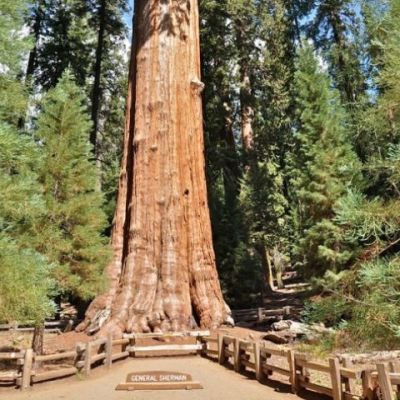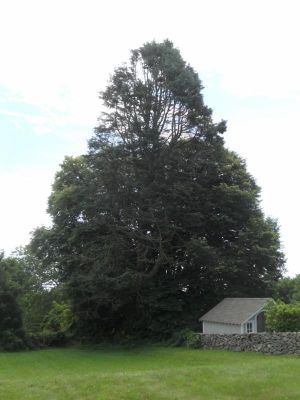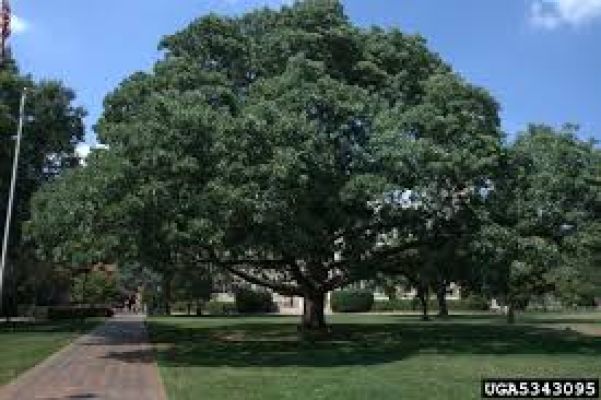Big Tree Conservation Program
What is a Big Tree?

Things You Can Do to Support Big Trees
-
- Host a public lecture by R.I. Tree
Nominate a tree for Champion Tree status
- Become a member of R.I. Tree ($35/year)
- Donate to Champion Tree Program
Tallest Trees in the World
The tallest trees in the world are redwoods (Sequoia sempervirens), which tower above the ground in California. These trees can easily reach heights of 300 feet (91 meters). Among the redwoods, a tree named Hyperion dwarfs them all. The tree was discovered in 2006, and is 379.7 feet (115.7 m) tall.

Tips on Caring for Big Trees
Big trees are under siege from a variety of threats. They need attention and care. Here are some tips on how to care for big, old trees:
- Protect the bark from damage from yard equipment
- Spread mulch around the base to insulate the soil
- Avoid compacting the ground around a big tree
- Keep branches free from hanging things
- Water when dry to avoid stress when it’s hot
Also, big trees should be inspected by a certified arborist periodically. The arborist can spot trouble early, like diseases, rot, and heavy dead branches. He or she can also spot problems early and recommend pruning or other measures that can preserve the tree’s life.

Benefits of Big Trees
Big trees are special. They provide a wealth of benefits to that truly benefit the public. They shade houses and block the wind. They increase a home’s value and capture pollution. Plus, they absorb traffic noise and prevent soil erosion.
Emerald Ash Tree
If they’re in a back yard, big trees can even provide playgrounds for children living on the property. As these trees grow older, they provide even more benefits. R.I. Tree highlights the state’s big trees with its Helen Walker Raleigh Champion Tree Registry.
Research shows that the benefits derived from a large tree far outweigh the costs of caring for them—sometimes by as much as eight to one. In most communities in the U.S., big trees cost as little as $13 per year.
Each big tree, on the other hand, returns an average of $65 in energy savings, cleaner air, better-managed stormwater, extended life of programs, and higher property values. Given these figures, urban communities afford not to invest in large trees.
When it comes to trees, size does matter.